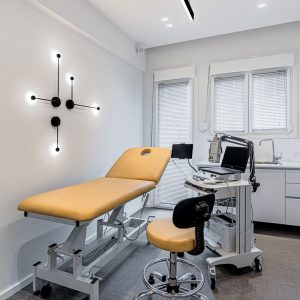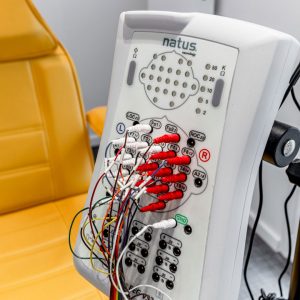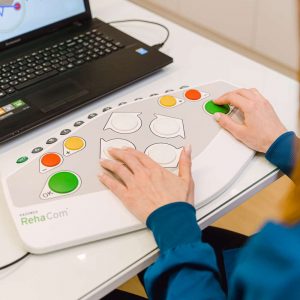Examination
Lumbar puncture
Αρχική / Services – Clinic Treatments / Lumbar puncture
Information
for the examination
What is;
It is a diagnostic test to investigate diseases that have affected the nervous system. In the same way, “dorsal” anesthesia can be performed, more rarely, drugs are injected into the spinal canal.
How is it done?
A thin needle is inserted into the lower part of the spine (low back) of the subject to take a small amount of cerebrospinal fluid. After receiving the needle is removed. The examination can be performed with the patient in a sitting position or more often in a reclining position. The test takes a few minutes. Subsequently the patient can return to normal activities .
What preparation is needed?
No special preparation is usually required, as long as the first medical visit and examination has preceded and the puncture mark has been securely inserted.
Is it a painful process?
Most people do not feel significant pain but a feeling of pressure when the needle is inserted. It is generally well tolerated, without risk, if the examination has been preceded by the doctor. If the patient feels pain or discomfort, the doctor will help the patient feel more comfortable.
It is a fairly safe examination procedure . In the vast majority of cases, patients have no complications.
You may experience lower back pain after the test, but this usually goes away on its own. A common and not dangerous side effect that can occur in a small minority of patients is the “after the puncture” headache that completely improves in a few 24 hours.
What are the risks?
The most common annoying though not dangerous complication is the post-puncture headache, which is easily treated by maintaining a prone position and can persist for up to 24 hours.
Diagnosis
The information gathered by the test can usually help with the diagnosis:
- Multiple sclerosis
- Neurodegenerative diseases
- Special types of headache (such as benign intracranial hypertension)
- Bleeding within the central nervous system
- Infections of the Central Nervous System (CNS) by germs or viruses
- Autoimmune CNS infection


